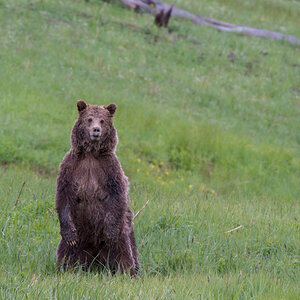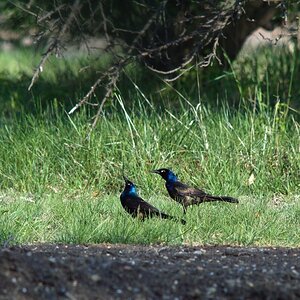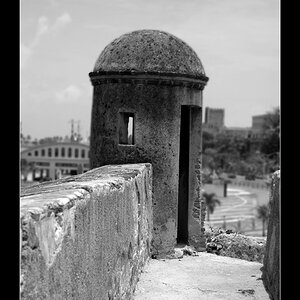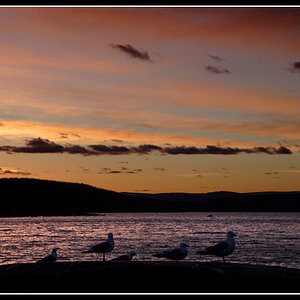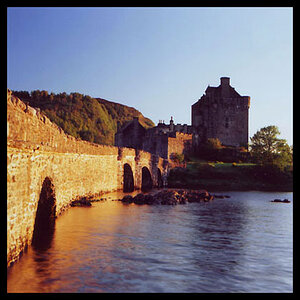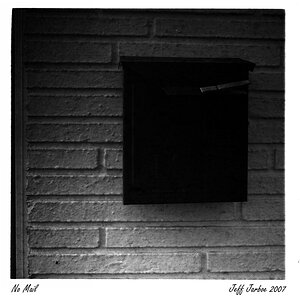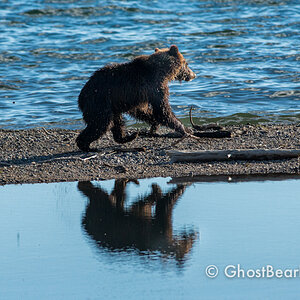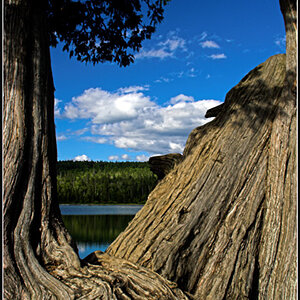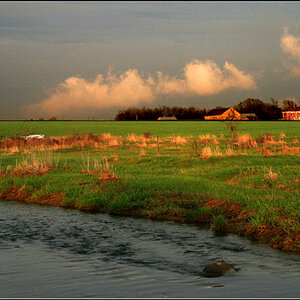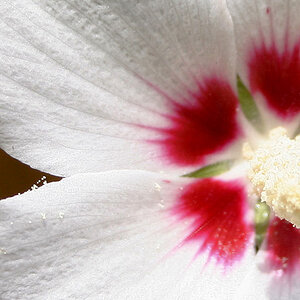Terrier
No longer a newbie, moving up!
- Joined
- Jul 15, 2017
- Messages
- 266
- Reaction score
- 858
- Location
- Bendigo, Victoria, Aust
- Can others edit my Photos
- Photos NOT OK to edit
Being "semi retired" and living alongside Mountain River I have been studying the local Platypus (purely on an amateur basis) the last 6 months. I have become so accustomed to their movements that I am now attracting a bit of attention from interested local groups.

I was approached by a group to see if I could put them "onto a Pus" last Saturday morning. I gathered the group and explained that I could not guarantee a sighting but I would show them a few spots that would increase their chances. As luck would have it I locate one of the "girls" at the first spot.
I was asked just how I could spot her as originally we were all looking but none of them saw her in some timber. The secret is look for equidistant circular ripples on the surface, with practice you can differentiate between the ripples produced by a "Pus" and those of a Duck, Grebe or Coot.

A Platypus does not eat under water, it locates worms, grubs or nymphs by touch using its sensitive 'Bill' and then surfaces to "chew" them, this produces the distinctive circular ripples.

These are what I am looking for. The resident population in "my section" of the river approx. half a mile is two females and one dominant male, the females are approx. 18" long the male perhaps 22/23", he is much more elusive than the females, more often than not keeping in the heavily wooded or dense overhanging areas of the bank.

This is the male, all the other pictures are of the two girls. Platypus are aquatic nesting in burrows in the riverbank often with entrances below the surface, however they will take short breaks on logs or on the bank and sometimes make brief transits through the shallow cataracts that connect the deeper pools of their territory. They do not like being exposed as this leaves them vulnerable to predators mainly large Falcons and the Sea Eagles who regularly patrol the river.



Hope you enjoyed the "Platypus File".
I was approached by a group to see if I could put them "onto a Pus" last Saturday morning. I gathered the group and explained that I could not guarantee a sighting but I would show them a few spots that would increase their chances. As luck would have it I locate one of the "girls" at the first spot.
I was asked just how I could spot her as originally we were all looking but none of them saw her in some timber. The secret is look for equidistant circular ripples on the surface, with practice you can differentiate between the ripples produced by a "Pus" and those of a Duck, Grebe or Coot.
A Platypus does not eat under water, it locates worms, grubs or nymphs by touch using its sensitive 'Bill' and then surfaces to "chew" them, this produces the distinctive circular ripples.
These are what I am looking for. The resident population in "my section" of the river approx. half a mile is two females and one dominant male, the females are approx. 18" long the male perhaps 22/23", he is much more elusive than the females, more often than not keeping in the heavily wooded or dense overhanging areas of the bank.
This is the male, all the other pictures are of the two girls. Platypus are aquatic nesting in burrows in the riverbank often with entrances below the surface, however they will take short breaks on logs or on the bank and sometimes make brief transits through the shallow cataracts that connect the deeper pools of their territory. They do not like being exposed as this leaves them vulnerable to predators mainly large Falcons and the Sea Eagles who regularly patrol the river.
Hope you enjoyed the "Platypus File".


